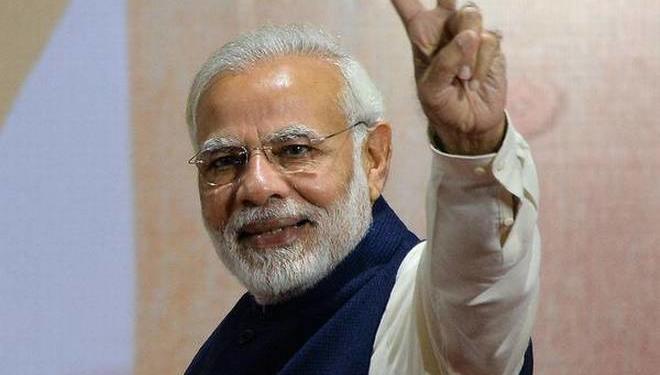Housing for All, a highly successful welfare scheme launched in the first term of Modi government will get a boost in the second term which will start from 30th of May when the second Modi cabinet takes oath. The government is planning to build 1.8 crore new houses in rural India in the next three years. Pradhan Mantri Awas Yojana (PMAY), the flagship housing scheme of Modi government was launched in June 2015 by PM Modi with the aim to provide housing to rural and urban poor.
The houses built under PMAY (G) are equipped with all basic amenities like toilet, LPG connection, electricity connection, LED bulbs, fans and clean drinking water. These facilities are being provided to BPL houses under other welfare schemes such as the Swachh Bharat Abhiyan, the Ujjwala Yojana LPG gas connection and the Saubhagya Yojana electricity connection. The merger of these schemes which are primarily targeted at poor households help families get a fully equipped house for living a dignified life.
The total cost of the scheme is estimated to be around 2.6 lakh crore rupees with 1.8 lakh crore from central government’s coffers and rest from the states. The poor households will be given 1.6 lakh rupees to build a house as per scheme’s directive. This time the government will go beyond Socio-Economic and Caste Census (SECC) to identify the beneficiaries. So far SECC has been standard data point from where beneficiaries and social welfare schemes have been identified. But Modi government plans to go beyond that to benefit the households which have been missed from the list with a small margin.
“SECC had identified 4.03 crore families having up to 2 kuccha rooms with kuccha roof and kuccha wall. The list was sent to Gram Sabhas across the states and they validated 2.53 crore potential beneficiaries in 2016,” said a senior official. The government will target 6 million household construction per year compared to 4.5 million in last year. In the last term, the Modi government started work on 94 lakh households and 84 lakh were completed.
“The three key schemes of Prime Minister Narendra Modi — Swachh Bharat, Ujjwala and PM Awas Scheme — are immensely beneficial for rural India to build toilets and houses and get cooking gas connections. And what is perhaps more important is that in all three schemes, the government has actually delivered,” said Chirangshu Acharya, an economist with Viswabharati University.
The welfare schemes helped Modi government to return to power with even bigger majority. People from every caste, community, and religion voted for PM Modi as the benefits of electing a transparent Nationalist government was visible in their lives. The states of Uttar Pradesh and Bihar which send almost a quarter of total MPs in the house, trumped all the traditional caste equations and voted for PM Modi. The poor households from Dalit community which have traditionally voted for Mayawati moved to BJP as they benefited from Ujjwala, PM Awas Scheme, and direct benefit transfer to farmers.































